No content results match your keyword.
Content
You have successfully logged out.
Not registered yet?
Smart Infusion Management
Hospitals face enormous challenges in providing effective and efficient patient care. Digitalization strategies offer opportunities – but with smart technologies come new issues and new vulnerabilities. So, what does „smart“ really mean for a hospital? A solution that improves integration and connectivity – that provides security, asset and medication management all at once.
This information is meant for medical professionals only. Please confirm that you are a medical professionals before accessing the information.
Confirm Yes, I am a health care professional. Cancel No, I am not a health care professional.0
Days are needed for a hospital technician to update all pumps1
0
Number of times a year a German hospital is under a cyberattack 2
0%
Of all medical errors are medication errors in the ICU3
Gathering pumps for a software update requires lots of effort. With the “update over the air“ solution, you make progress with your pump software, not with counting steps. You can implement new functionalities with a single click from the office - and even faster via cloud connection.
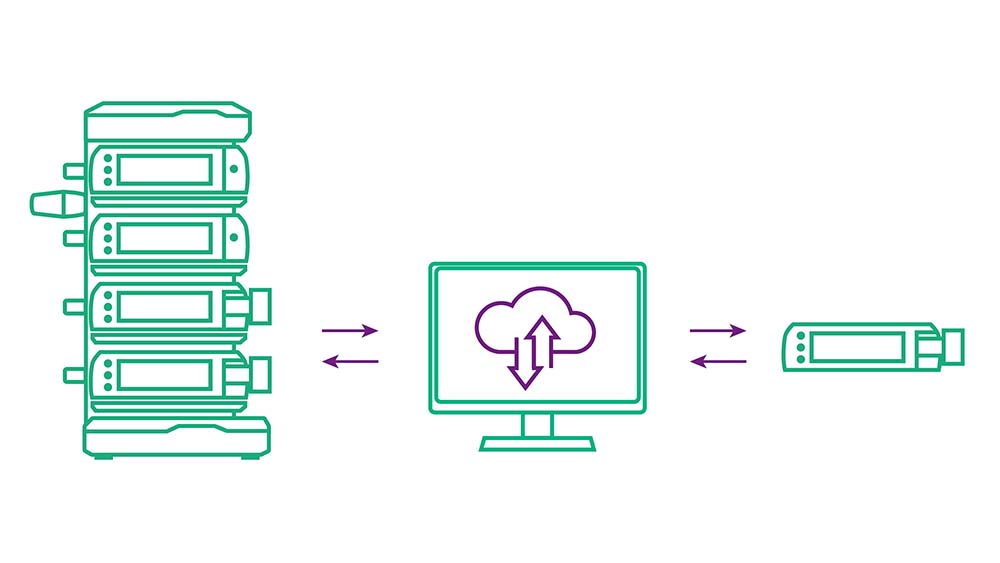
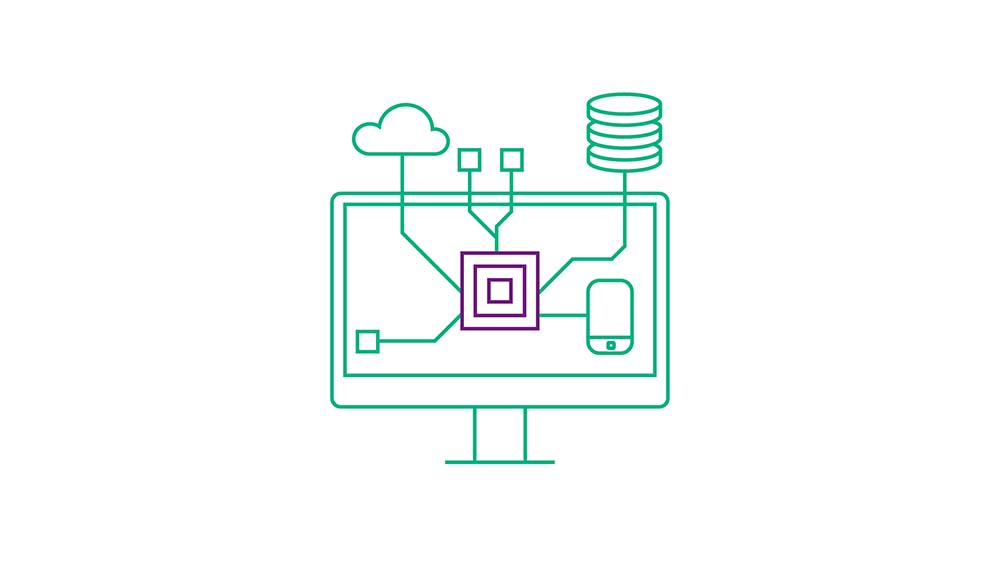
Seamless interoperability with hospital information systems can significantly increase the efficiency of workflows. That is why WiFi connectivity in combination with the bi-directional HL7-IHE communication interface is included in all Space®plus pumps. Your benefit: continous data management and documentation.
Space®plus and OnlineSuiteplus has implemented modern IT cybersecurity & technologies to protect the entire Space®plus and OnlineSuiteplus system. Our innovative security software and hardware architecture allow us to support our solutions over the entire product lifecycle.
Improve your Data Security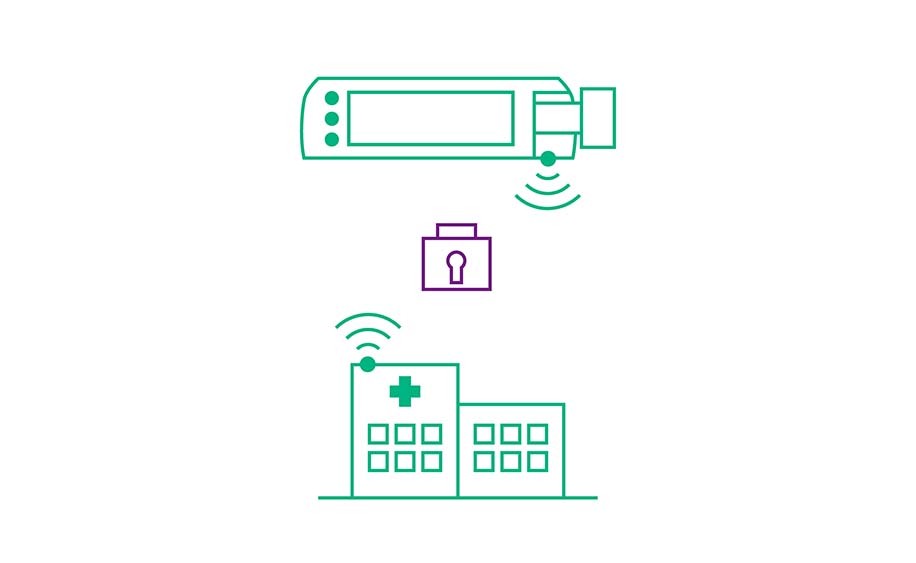
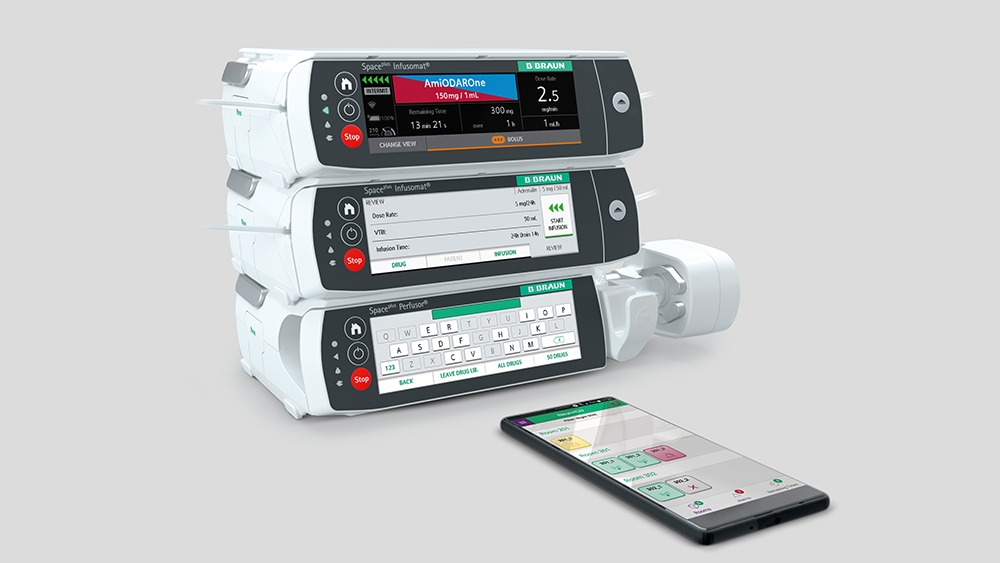
Millions of patients are affected by preventable medication errors each year.4 Space®plus provides innovative safety features to reduce such errors. Discover how the Space®plus system can support nursing staff in managing medications correctly and thus protect patients - even through the most challenging therapies.

smart infusion management solution means a plus on all levels: better systems, more efficient processes, improved patient outcome, more future viability.
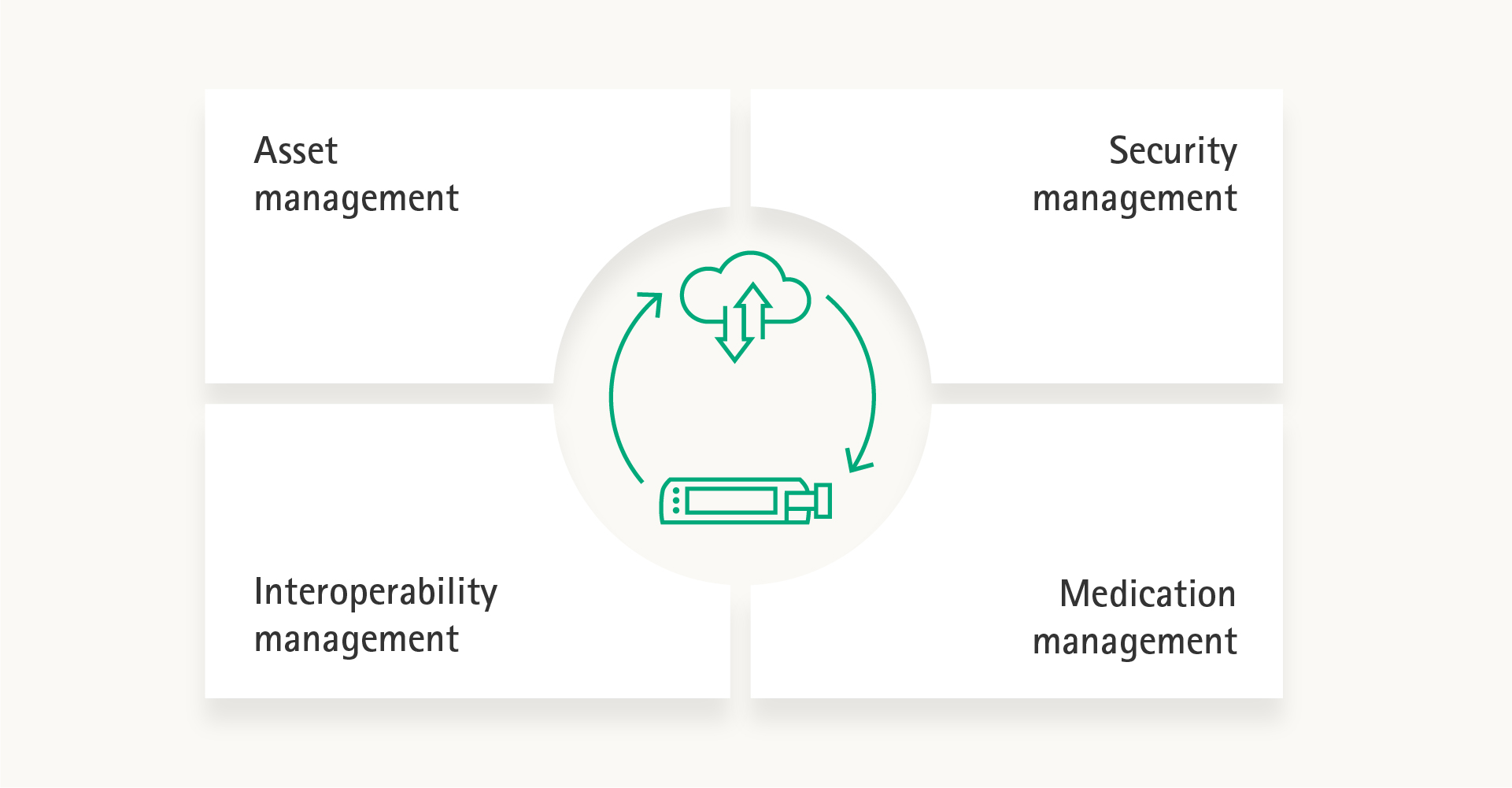
Remote updates of infusion pumps via the hospital network with less interruption of clinical workflows.
/
Seamlessly integrated into the hospital IT environment using the bi-directional HL7-IHE framework.
Space®plus caches data even when no network connection is available.
/
Data transmitted through the hospital network between the Space®plus infusion pumps and the OnlineSuiteplus servers are end-to-end encrypted.
/
Drug library data is always up to date at the infusion pumps. The self-explanatory user interface guides healthcare professionals simply and safely.
/
Space®plus and OnlineSuiteplus are a crucial milestone on the way to becoming a smart hospital.
/
It will be forwarded to a responsible contact person who will get in touch with you as soon as possible.
1. Internal evaluation: average hospital with 500 pumps - Manual process to update all pumps.
2. Bernau P. Hacker greifen Kliniken an. Frankfurter Allgemeine Zeitung 2020. https://www.faz.net/aktuell/wirtschaft/digitec/mehr-hacker-angriffe-auf-kliniken-undkritische-infrastruktur-17062421.html. Last access 11.2.22.
3. Mohiuddin AK. The Role of the Pharmacist in Patient Care: Achieving High Quality, Cost-Effective and Accessible Healthcare Through a Team-Based, Patient-Centered Approach 2020.
4. Da Silva BA, Krishnamurthy M. The alarming reality of medication error: a patient case and review of Pennsylvania and National data. J Community Hosp Intern Med Perspect. 2016 Sep 7;6(4):31758. https://www.ncbi.nlm.nih.gov/pmc/articles/PMC5016741/. Last access 11.2.22.